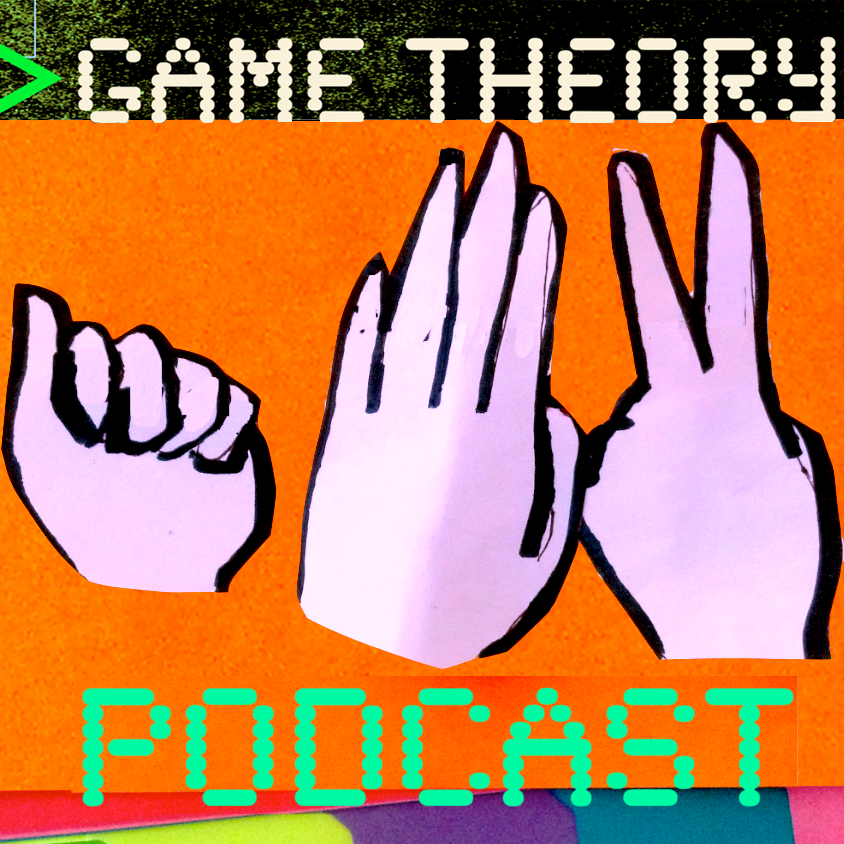
E14: Distribution
Recorded on January 21st, 2013 with Brian Fife, James Fingal, and Thomas Westberg.
Tom runs through a brief history of video game distribution, starting with arcade consoles and ending with digital distribution stores. A number of trends are identified: transition from physical (resellable) objects to software licenses, certification programs driven by the game distributors and the gradually lowering bar for distribution that now supports ‘indie’ game development.
Referenced items:
Super Missile Attack, Missile Command, Atari, Nolan Bushnell, Sente Technologies, Pac-Man, Ms. Pac-Man, Midway Games, Namco, Burning Wheel, Atari 2600, Activision, Imagic, Nintendo, Sony, Microsoft, Gamestop, EA, Deadly Towers, Floppy Disk, CD-ROM, Copy Protection, Infocom, Where in the World is Carmen Sandiego, Blizzard, Diablo Three, Sim City, Final Fantasy, Blockbuster, iOS App Store, Stardock Central, Steam, Amazon Kindle, Wal-Mart, Humble Indie Bundle, Yohoho! Puzzle Pirates, World of Tanks, XBox Live, PSN, Nintendo eShop, Geometry Wars, Sega Channel, Atari Gameline, Temple Run, Square, Chaos Rings, Nintendo DS, PS Vita, How long should a game be? - Tobold Google Play, Sideload, Androminion, Ingress, Endgame: Syria Elder Scrolls Online, App Store Curation - Jonathan Blow, Angry Birds, Fifty Shades of Grey, The Smurfberry Affair - GigaOM, Zynga, Farmville, Popcap, Mafia Wars, Rovio, Cow Clicker, X-Com: Enemy Unknown, Ten Million, Dungeon Raid, Puzzle Quest, Letterpress, The Walking Dead, Mass Effect, Halo Four, Assassin’s Creed Three, Dishonored, Deus Ex: Human Revolution.